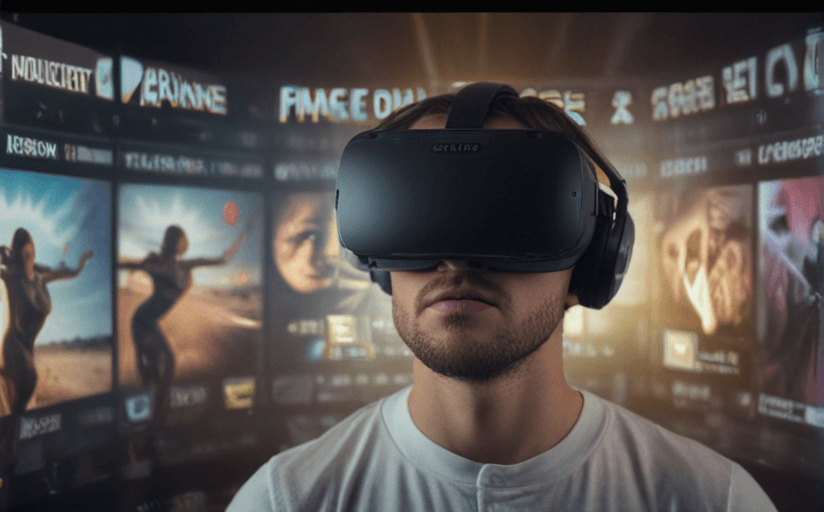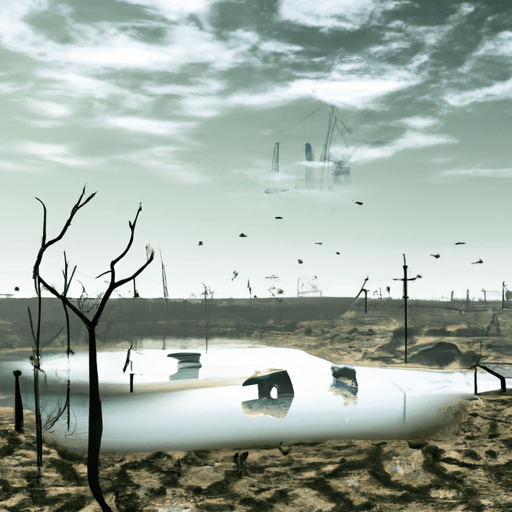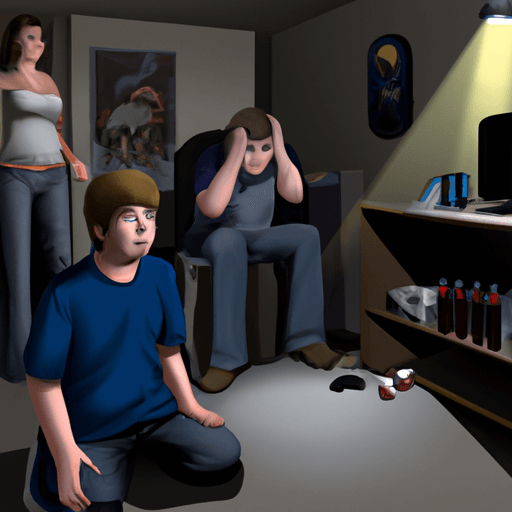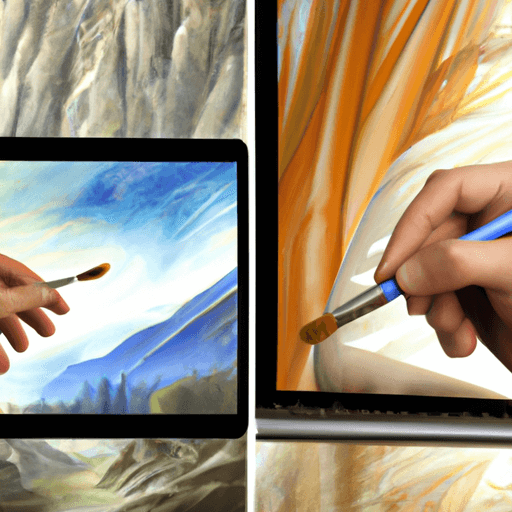The Transformative Effect of Virtual Reality on the Movie-Watching Experience
Introduction of VR in the Film and Entertainment Industry
Virtual Reality (VR) technology is causing a significant shift in the way audiences engage with the film industry, altering traditional movie-watching experiences. VR technology, introduced in the mid-20th century, wasn't immediately adopted in filmmaking due to its high cost and complexity. However, the rise of affordable and more user-friendly VR platforms in the 21st century led to its swift incorporation into the movie industry.
Significant Technological Advancements in VR
Significant advancements in VR technology have contributed profoundly to the revolution it has bestowed onto cinematic experiences. Developments in 3D modelling and computer-generated imagery (CGI) technology have enabled filmmakers to create visually stunning and highly immersive VR content. VR headsets have seen significant improvements in terms of screen resolution and image quality, and reduced latency, allowing users to dive deep into the movie scenes seamlessly. Moreover, advancements in motion tracking technology now enable realistic interaction with characters and objects in the VR world.
Revolutionizing the Way Audiences Consume and Interact with Movies
Cinematic Virtual Reality provokes a different engagement method with audiences. No longer are viewers spectators on the sidelines, but they become active participants in the story. They are able to interact with characters, settings and elements of the plot in completely immersive environments, providing a personal viewing experience unparalleled to traditional cinema.
Quantity and Quality: Sensory Inputs and Immersion
VR films not only immerse audiences visually but provide a multi-sensory experience. Immersion technology combined with motion platforms can stimulate touch and body sensations, while developments in 3D audio technology can generate realistic surround sound, resulting in a comprehensive sensory experience for the viewer.
Looking Forward: Predictions and Implications on VR Movies
The future of VR in filmmaking promises exciting opportunities. As technology develops, VR movies might include haptic interfaces for a more realistic touch experience, improved AI allowing for personal interactions with movie characters, and potential use of biofeedback to tailor movie content based on viewers' emotional responses. Despite the promise of these advancements, concerns around isolation and motion sickness persist as drawbacks to this fully immersive experience.
Conclusion: Personal Perspectives and Data-Driven Insights
While traditional movie-watching still commands a strong presence, the profound impacts of VR technology in providing immersive, interactive, and sensory-rich experiences cannot be denied. Citing data from research firm Gartner, VR viewer numbers in 2020 surpassed 43 million worldwide. As adoption continues to increase, user feedback and opinion overwhelmingly advocate for the unique experiences that VR movies provide.


















Comments
Leave a Comment